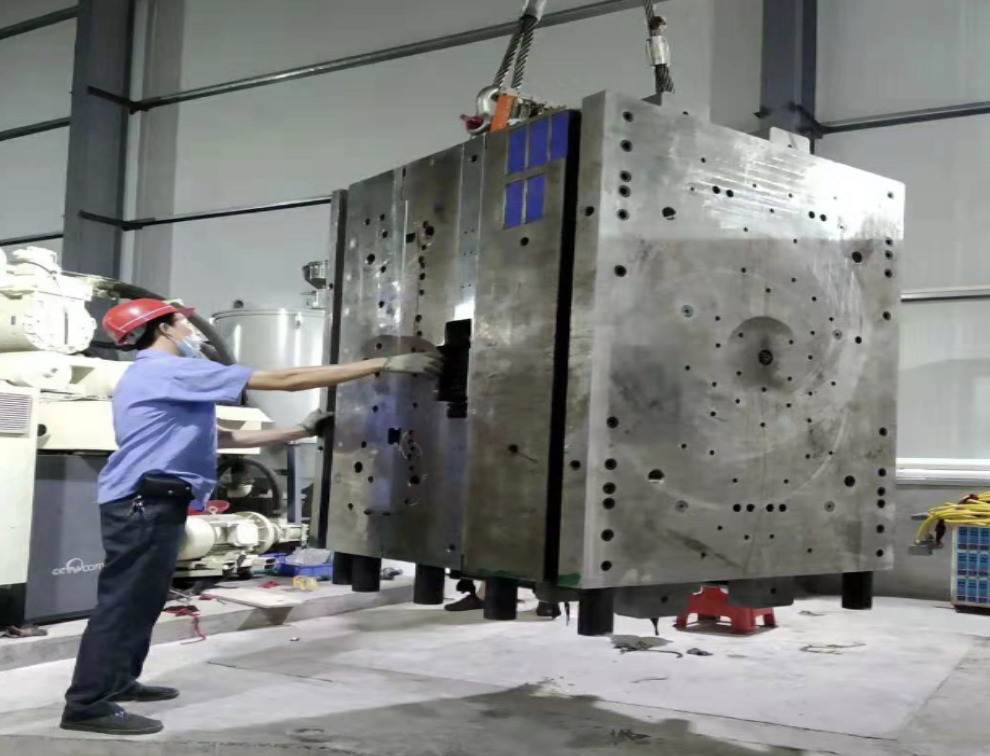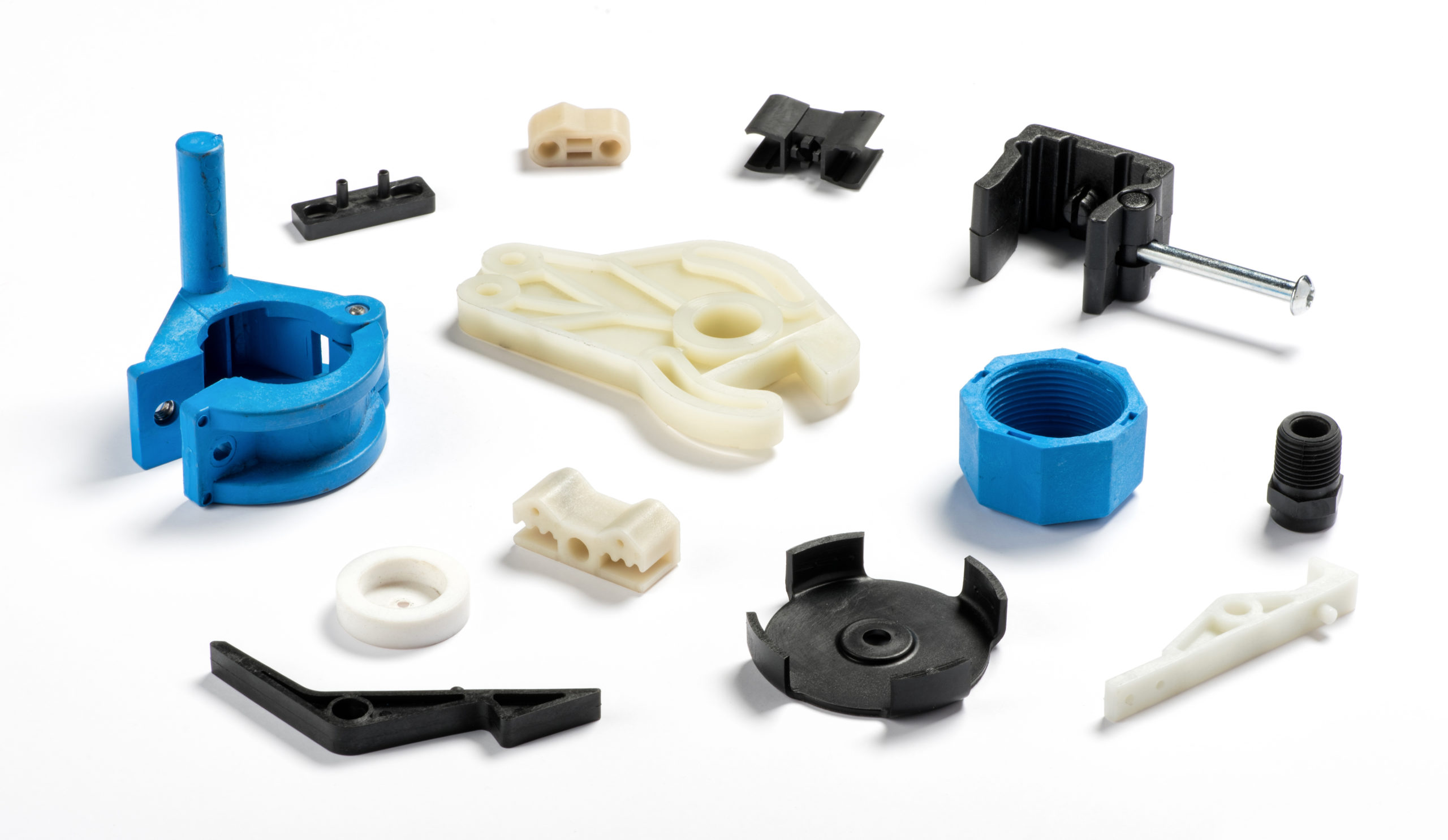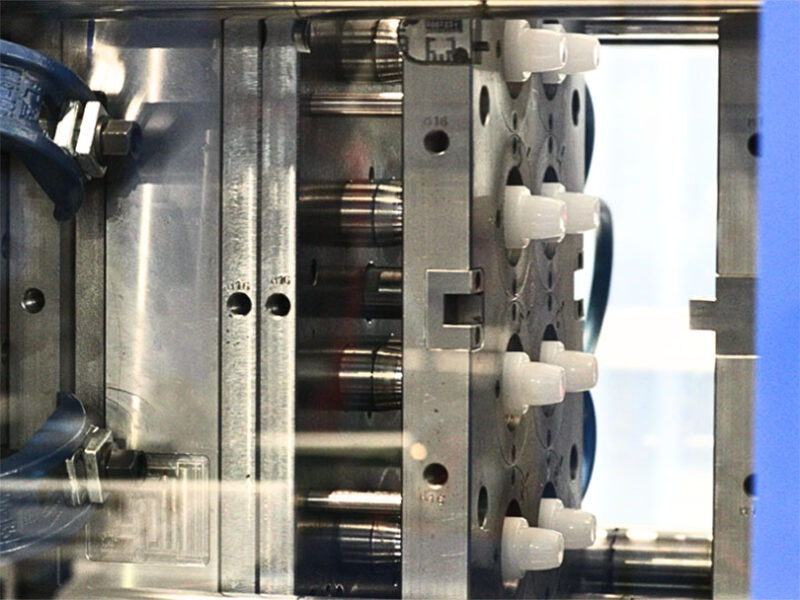Just How Plastic Injection Molding Drives Effectiveness in Mass Production
Just How Plastic Injection Molding Drives Effectiveness in Mass Production
Blog Article
Comprehending the Fundamentals of Plastic Shot Molding Procedures
Plastic injection molding acts as a keystone of modern manufacturing, giving a systematic method to creating intricate components with precision. This process not only incorporates the basic actions of melting and injecting products into molds however likewise entails a nuanced understanding of various influencing elements, such as temperature and stress. As sectors increasingly demand efficiency and high quality, the ins and outs of this technique become more vital. Discovering these crucial elements could reveal how even minor adjustments can lead to significant improvements in production outcomes, raising questions about the potential for technology in this established procedure.
What Is Plastic Injection Molding?
Plastic injection molding is an extensively utilized production procedure that transforms thermoplastic and thermosetting products right into exact and complicated forms. This technique is preferred for its ability to create high quantities of identical components with extraordinary precision, making it an important method in different sectors, including vehicle, customer goods, and medical tools.
The process includes thawing the picked plastic material and injecting it into a mold and mildew under high stress. The mold, created to the requirements of the desired part, enables the liquified plastic to take form as it solidifies and cools down. As soon as the product has hardened, the mold is opened, and the completed part is ejected.
Plastic injection molding uses numerous benefits, including reduced waste, consistency in production, and the capacity to include detailed designs that might be testing with various other making approaches. In addition, it supports a broad series of materials, each providing distinct properties that can be tailored for specific applications. As industries remain to introduce, plastic shot molding continues to be at the center, making it possible for the growth of innovative items that satisfy developing consumer needs.
The Shot Molding Refine
The injection molding process is a sophisticated technique that entails numerous crucial phases to create premium plastic elements. Initially, plastic pellets are fed into a warmed barrel where they are thawed into a viscous fluid. This molten plastic is after that infused under high pressure right into a precision-engineered mold and mildew, which shapes the material right into the preferred type.
As soon as the mold and mildew is filled, the plastic is enabled to cool and strengthen, taking the form of the mold and mildew dental caries. Air conditioning time is important, as it impacts the cycle time and the final properties of the shaped part. After enough air conditioning, the mold opens up, and the finished part is ejected making use of ejector pins.

Products Used in Shot Molding
Various products can be made use of in the shot molding procedure, each offering special properties that accommodate particular applications. The most typically used materials include thermoplastics, thermosetting plastics, and elastomers.

Thermosetting plastics, like epoxy and phenolic resins, undertake a chemical change throughout the healing process, leading to an inflexible, inflexible framework. These products are perfect for applications calling for high heat resistance and structural stability, often utilized in electric insulators and automotive parts.
Elastomers, including silicone and rubber-based materials, supply adaptability and resilience. Their distinct residential properties make them suitable for applications that demand elasticity, such as seals and gaskets.
Furthermore, specialty materials like bio-based plastics and composites are acquiring grip for their environmental benefits and boosted performance features, widening the extent of shot molding applications in various industries. Comprehending the properties of these materials is important for choosing the proper kind for certain tasks.
Benefits of Shot Molding
Shot molding sticks out as an extremely effective production process that provides various advantages for producing intricate components with accuracy. Among the most significant advantages is the capacity to produce elaborate designs that would be tough or difficult to attain with various other techniques (Plastic Injection Molding). The procedure enables for comprehensive features and limited resistances, guaranteeing top quality components
In addition, shot molding is known for its quick manufacturing abilities, making it an ideal option for high-volume production. Once the mold and mildew is developed, parts can be created swiftly, lowering preparations and increasing general performance. This effectiveness not just decreases production costs yet additionally provides a competitive side out there.
The versatility of materials made use of in injection molding additionally enhances its appeal. A wide variety of thermoplastics and thermosetting polymers can be employed, permitting suppliers to choose materials that best satisfy their details needs, consisting of stamina, warmth, and flexibility resistance.
Moreover, the procedure reduces waste, as excess product can often be reused and recycled. This sustainability aspect contributes to a decreased ecological effect, making injection molding a responsible manufacturing choice. Generally, the benefits of injection molding make it a favored approach for lots of industries.
Elements Affecting Product Quality
While various variables can affect product quality in shot molding, comprehending these components is important for accomplishing optimum results. Secret aspects include product option, processing specifications, and mold style.
Material choice plays a vital function, as different polymers display distinct residential or commercial properties that impact flowability, stamina, and thermal security. Poor material option can lead to flaws such as warping or incomplete dental filling.
Handling parameters, consisting of cycle, pressure, and temperature time, must be thoroughly controlled. Variations in these settings can result in disparities partly dimensions and surface finish. For circumstances, exceedingly heats may cause destruction of the polymer, while poor pressure can result in brief shots.
Mold and mildew layout is equally important, as it identifies the circulation of the molten plastic and the cooling procedure. home Badly developed mold and mildews might bring about unequal cooling rates, causing dimensional mistakes and recurring stress and anxieties.

Verdict
To conclude, plastic shot molding right here works as a vital production procedure that allows the efficient production of top quality components. Proficiency of the injection molding procedure, including the understanding of products and the impact of different elements on item quality, is necessary for accomplishing ideal outcomes. The benefits of this technique, such as cost-effectiveness and style versatility, more emphasize its value across numerous industries, solidifying its condition as a recommended selection for high-volume manufacturing.
Plastic shot molding serves as a foundation of contemporary production, giving a methodical strategy to generating complicated elements with accuracy.Plastic injection molding uses numerous advantages, including reduced discover here waste, uniformity in manufacturing, and the capability to include elaborate designs that might be testing with various other making approaches (Plastic Injection Molding). As markets continue to introduce, plastic shot molding remains at the center, allowing the advancement of innovative items that meet progressing customer needs
The shot molding process is a sophisticated method that entails a number of vital phases to create high-grade plastic components.In final thought, plastic injection molding serves as a crucial production procedure that allows the efficient manufacturing of high-grade elements.
Report this page